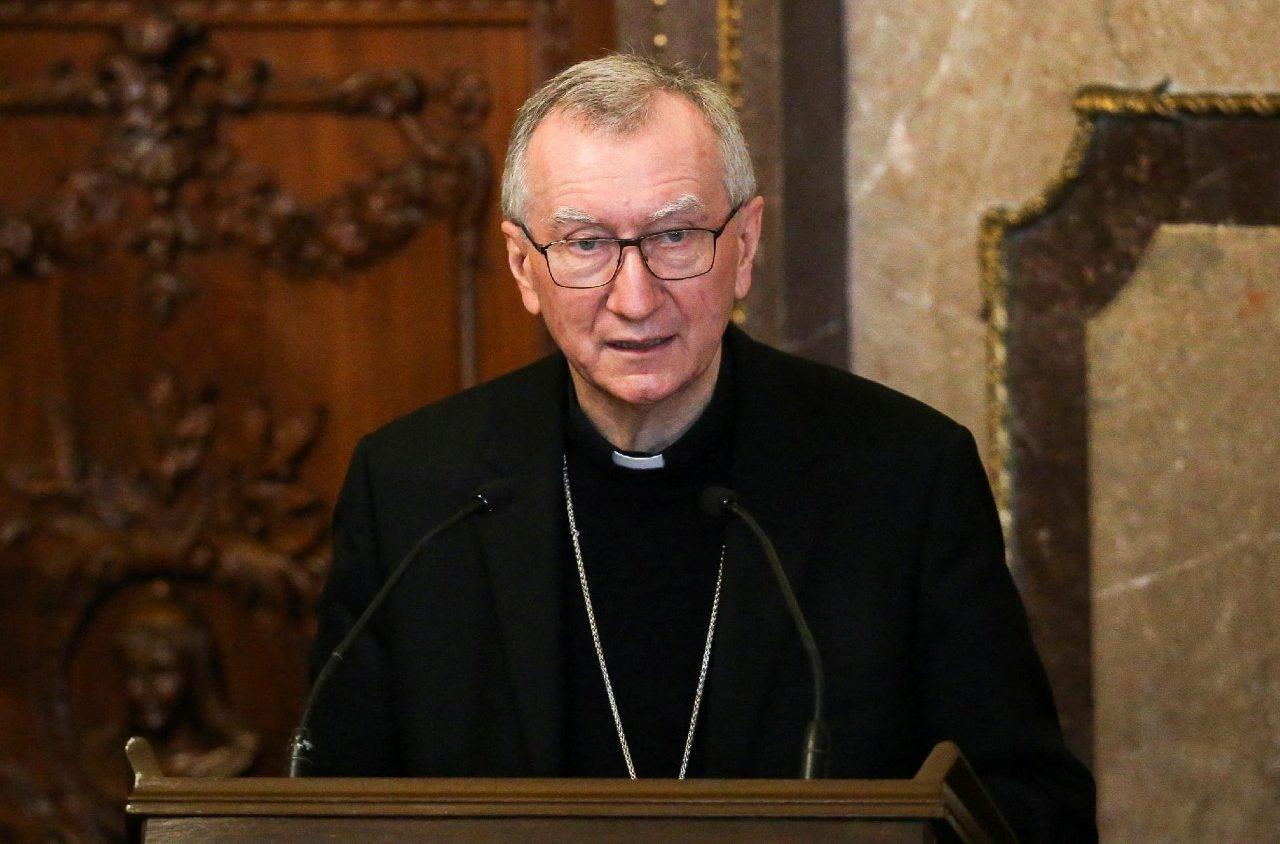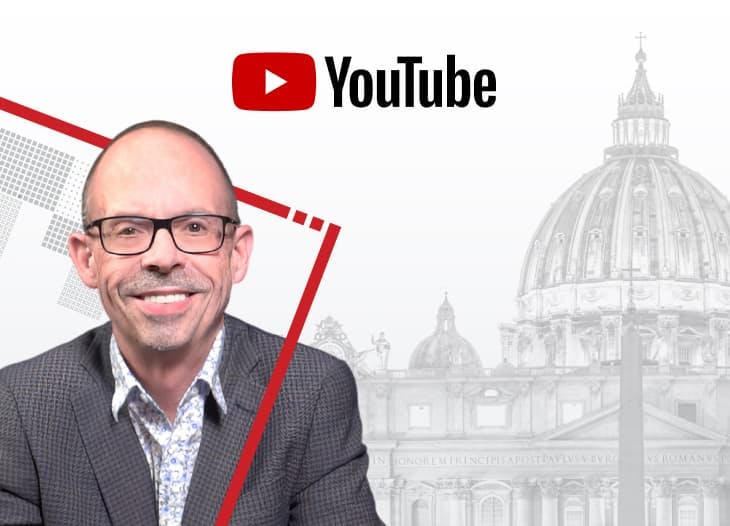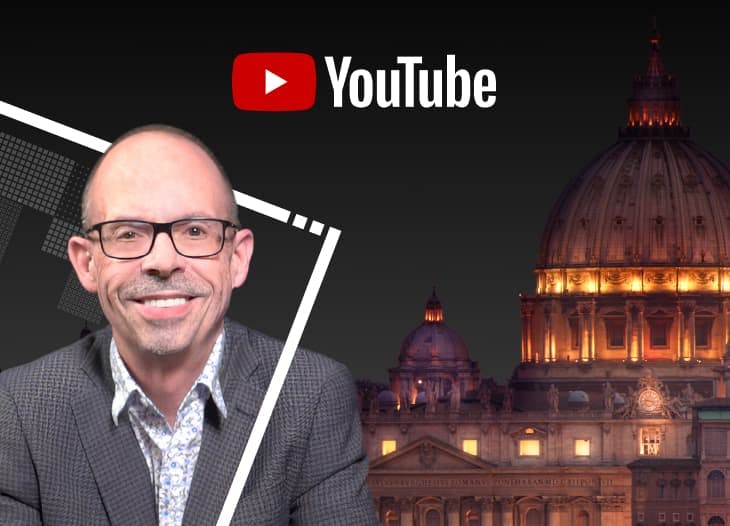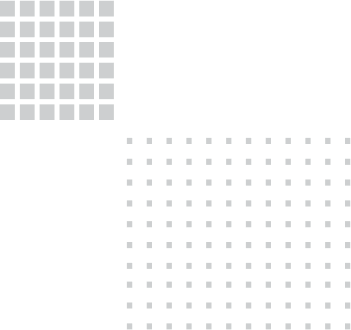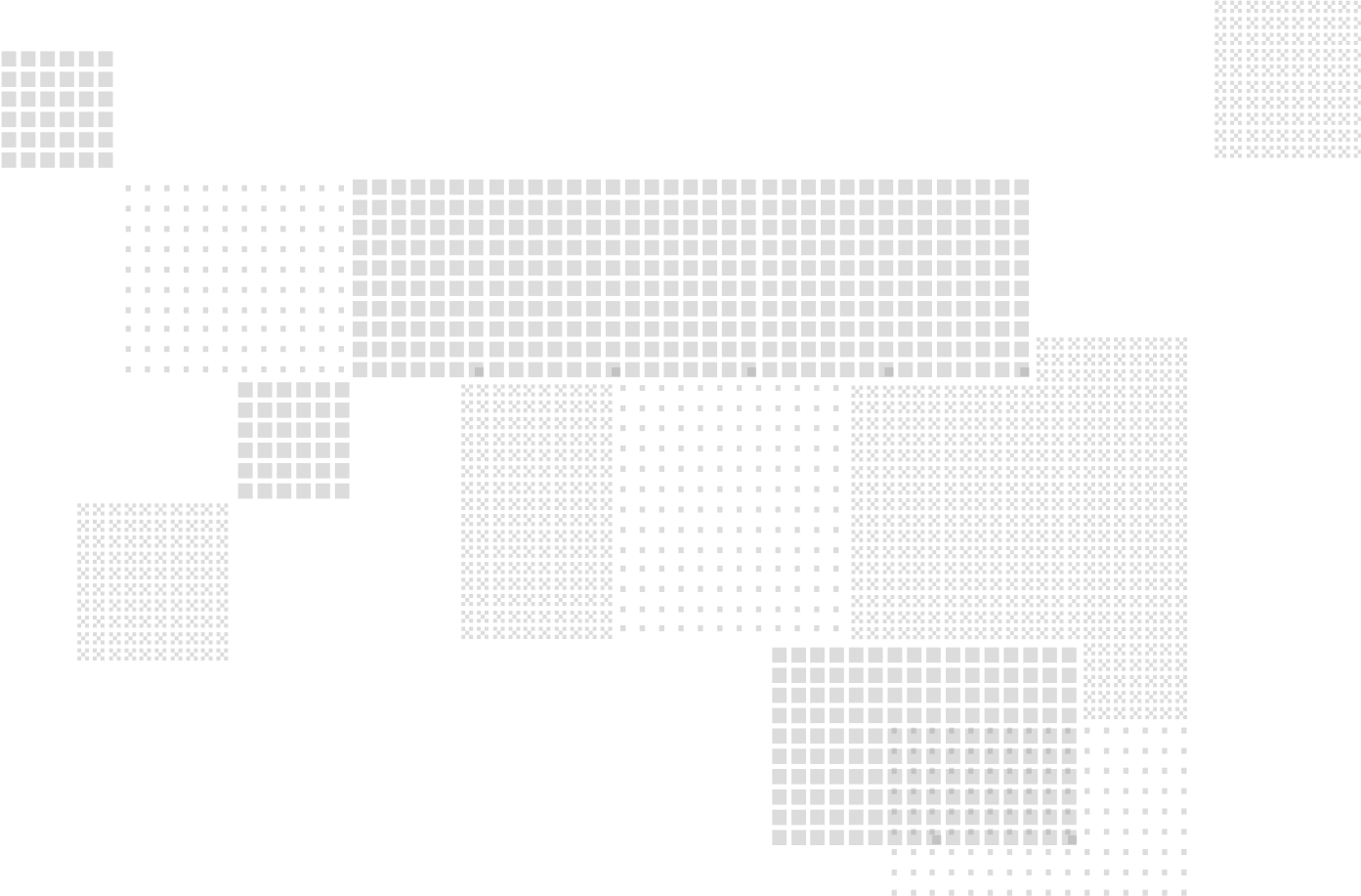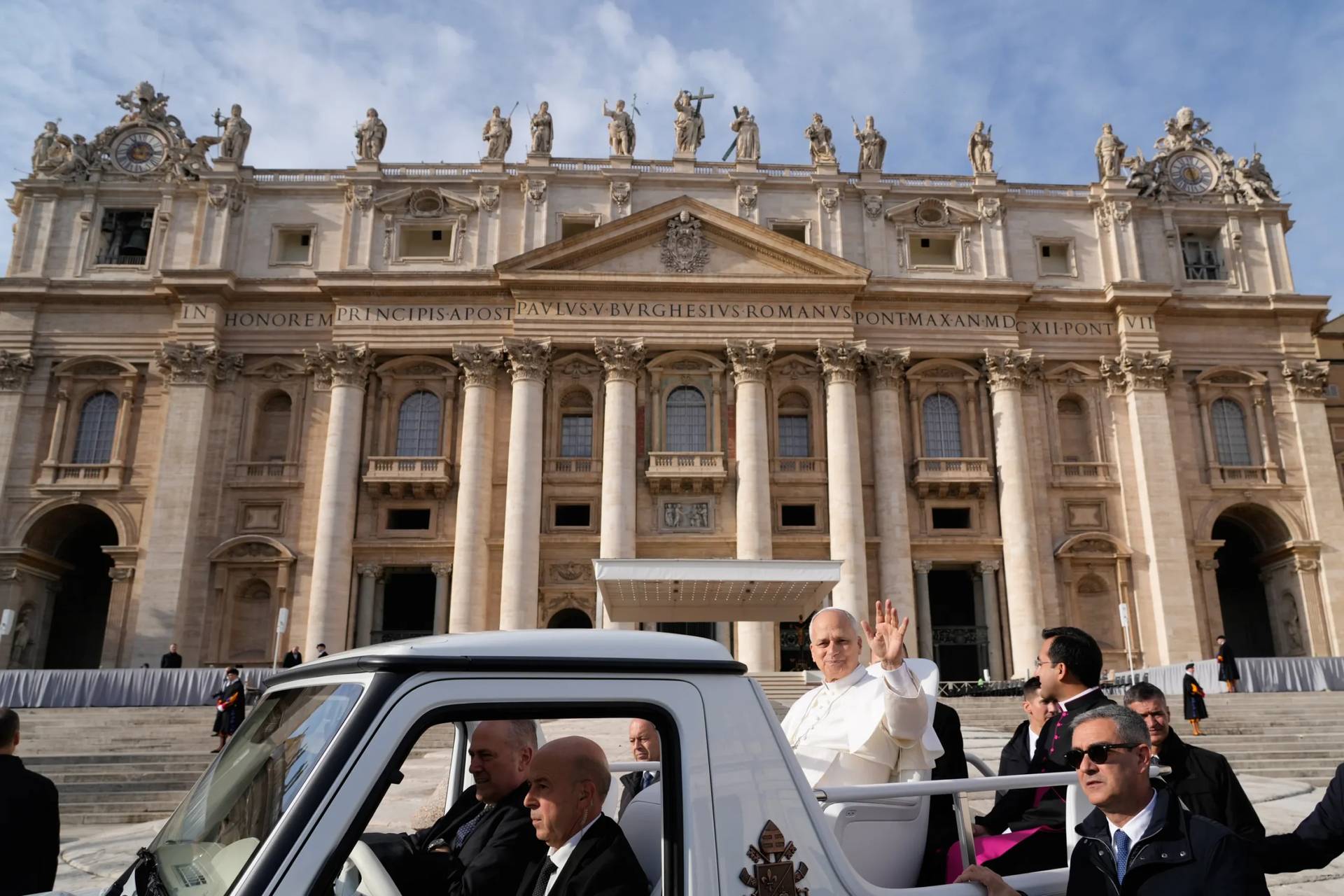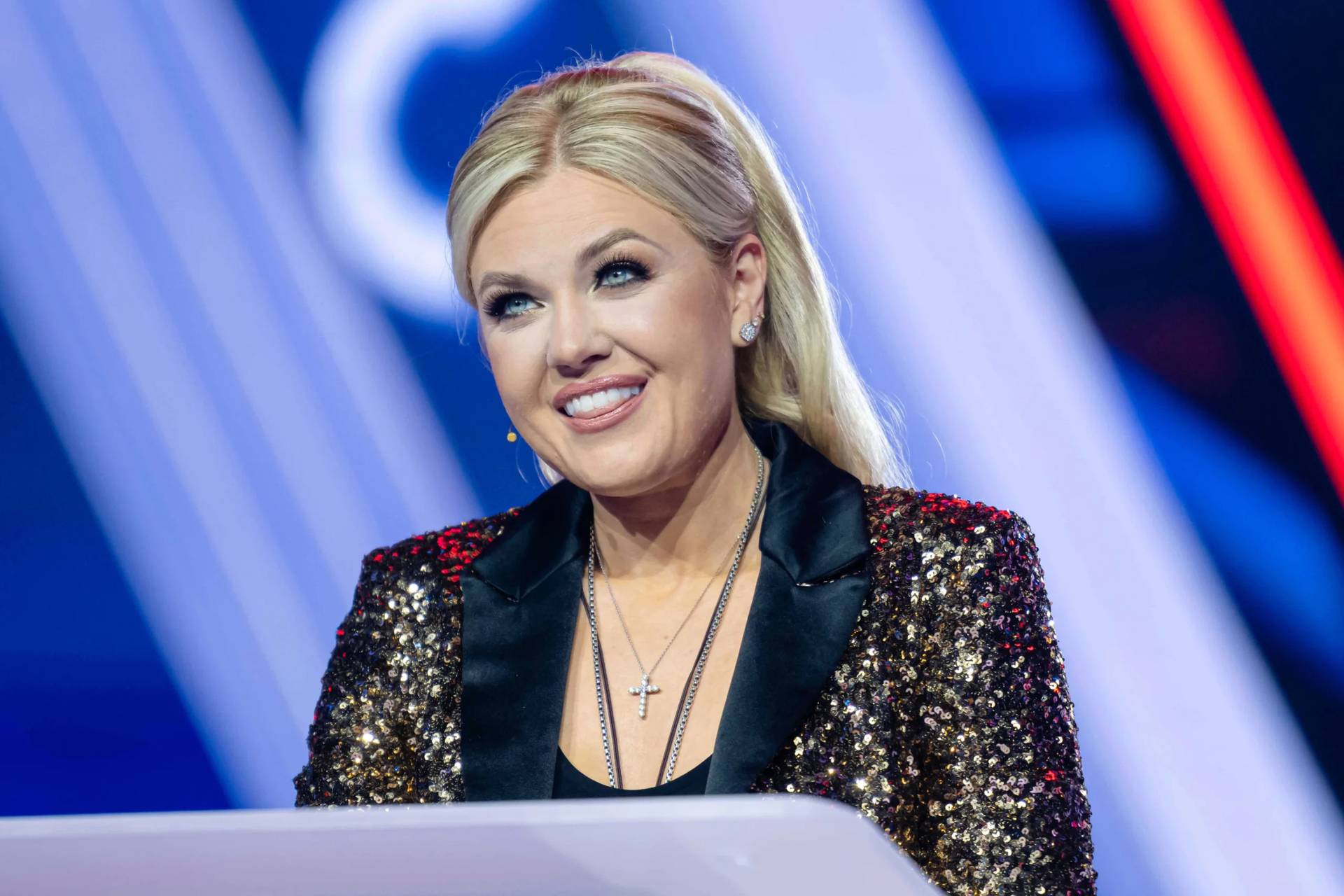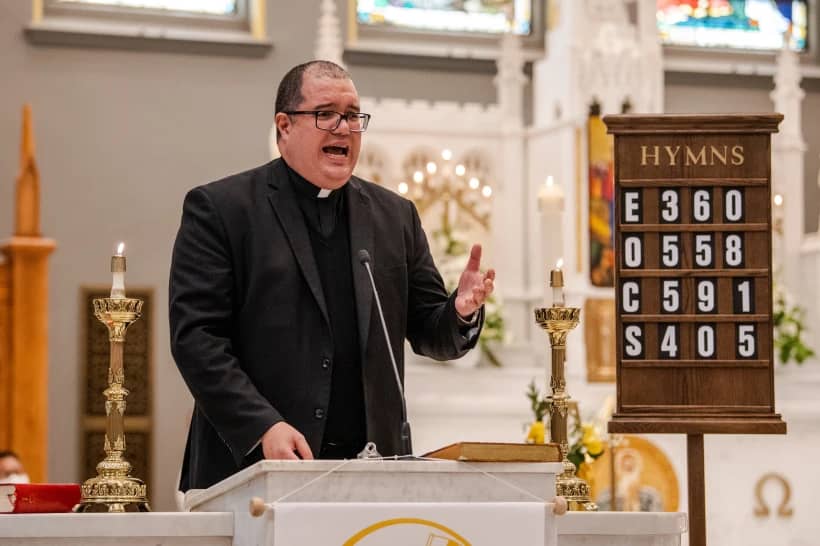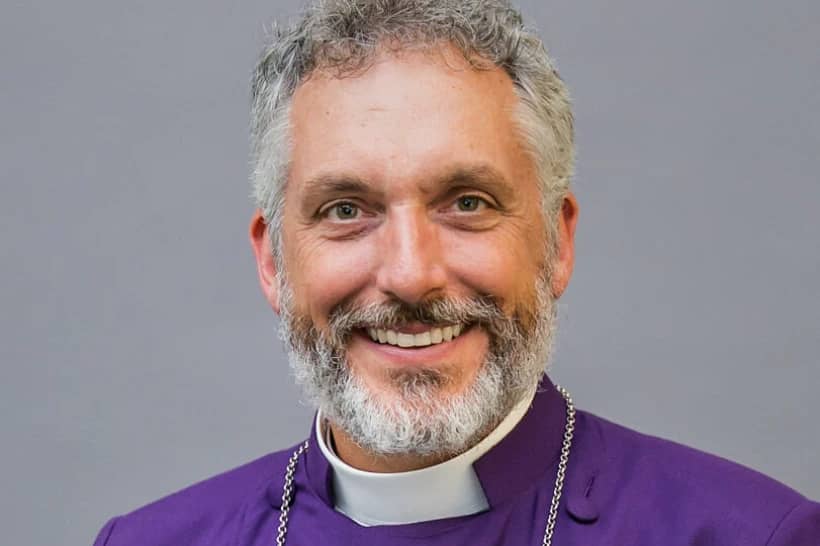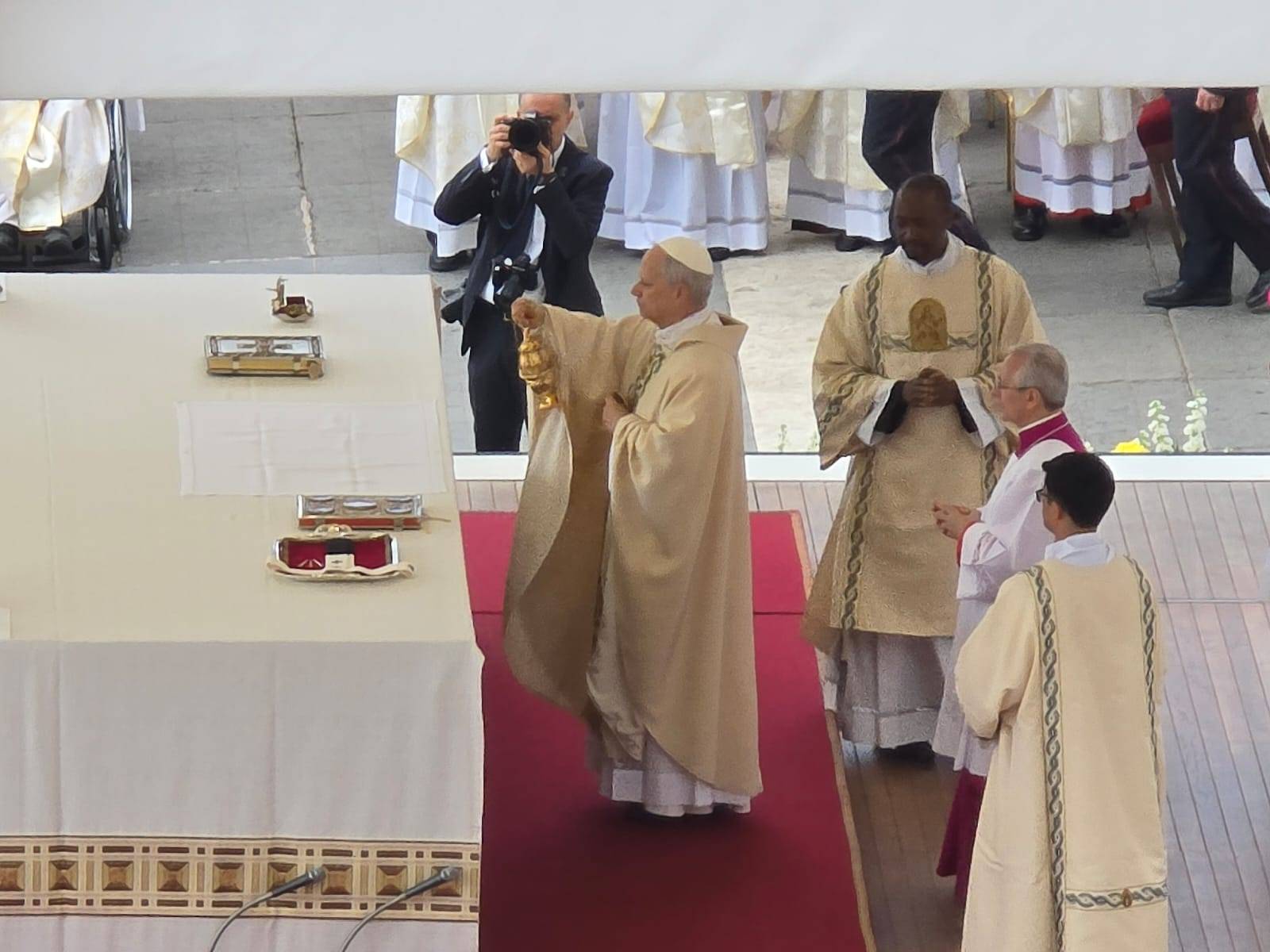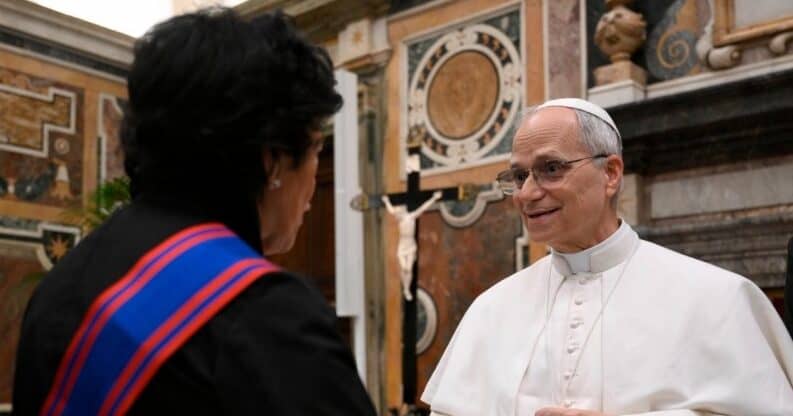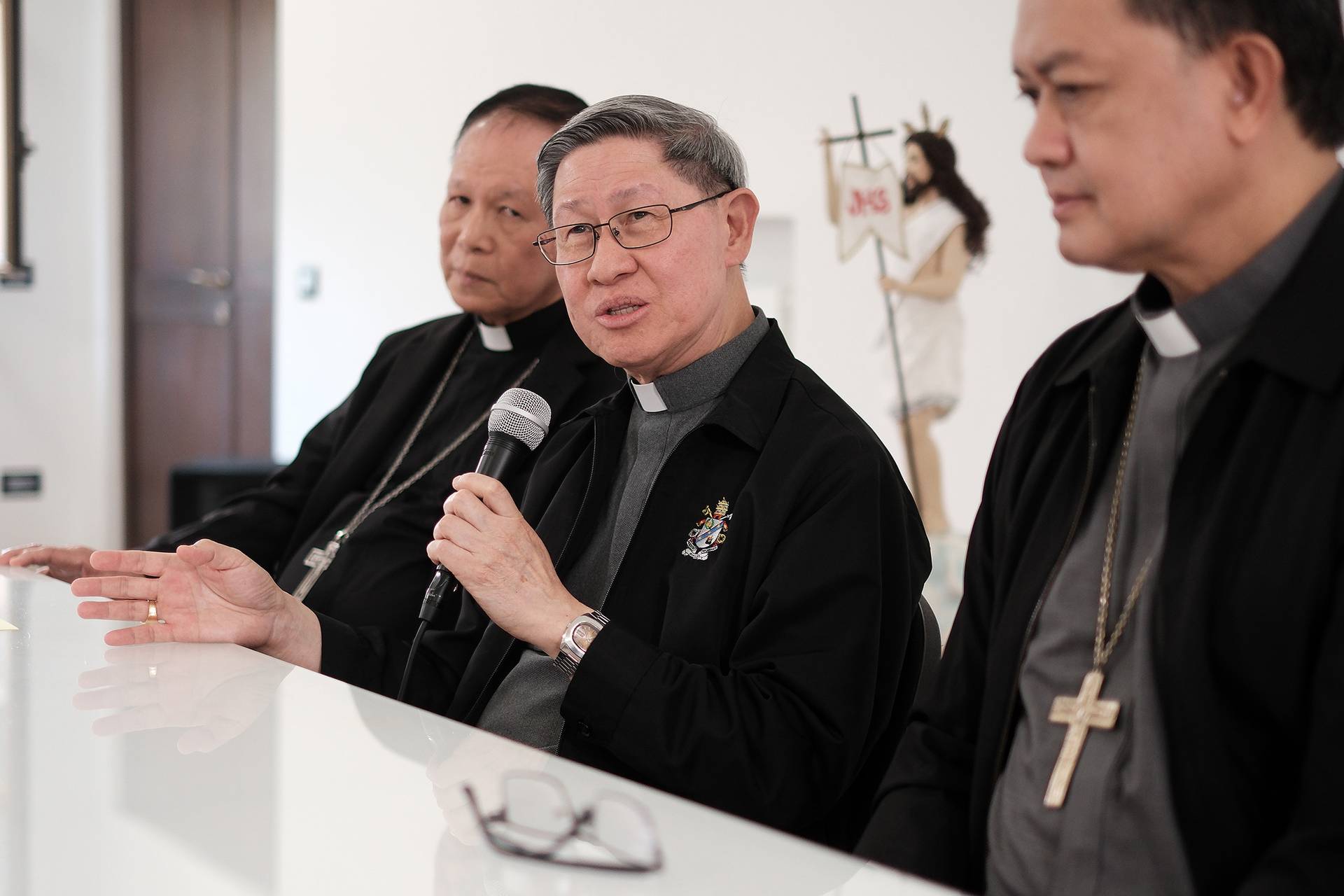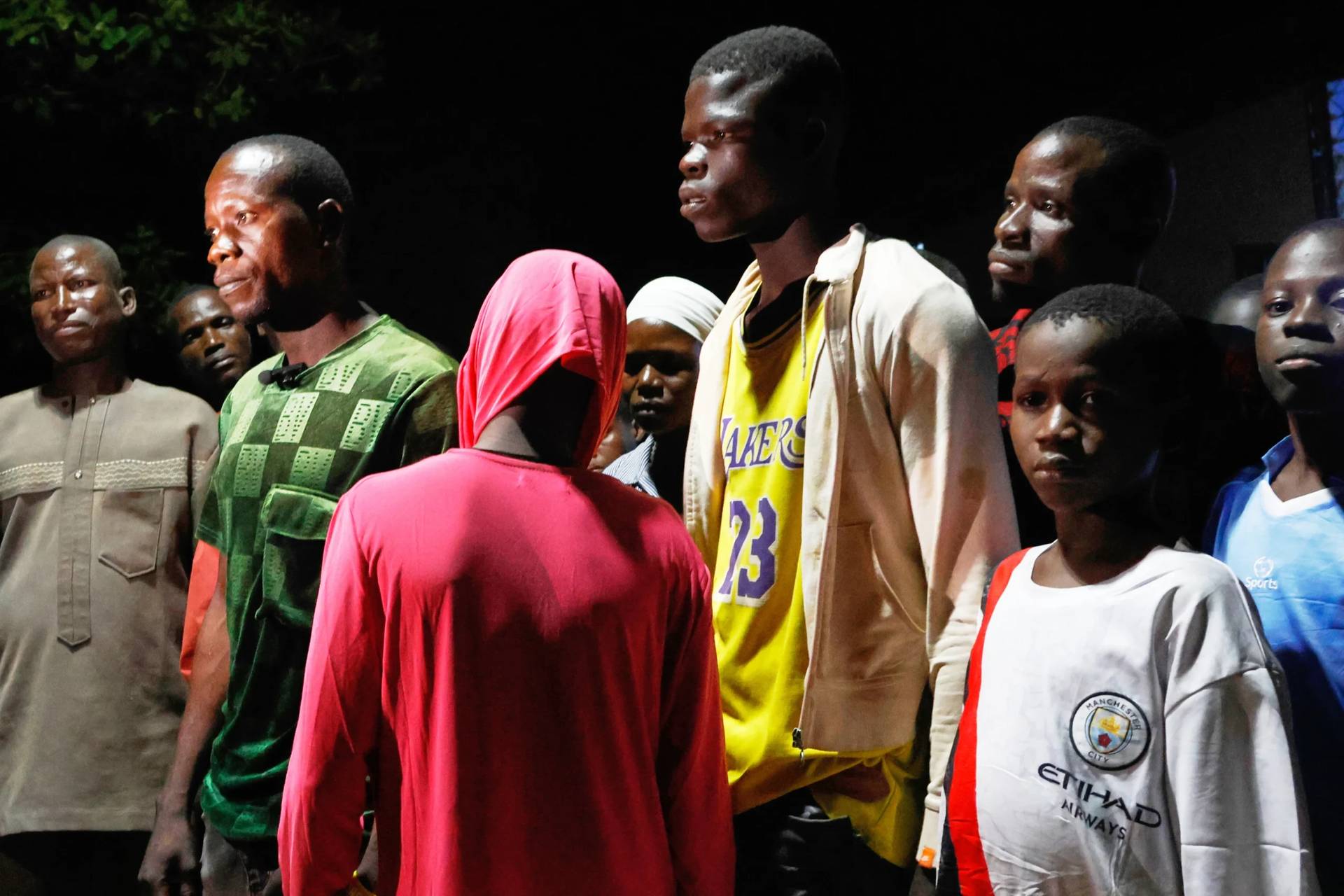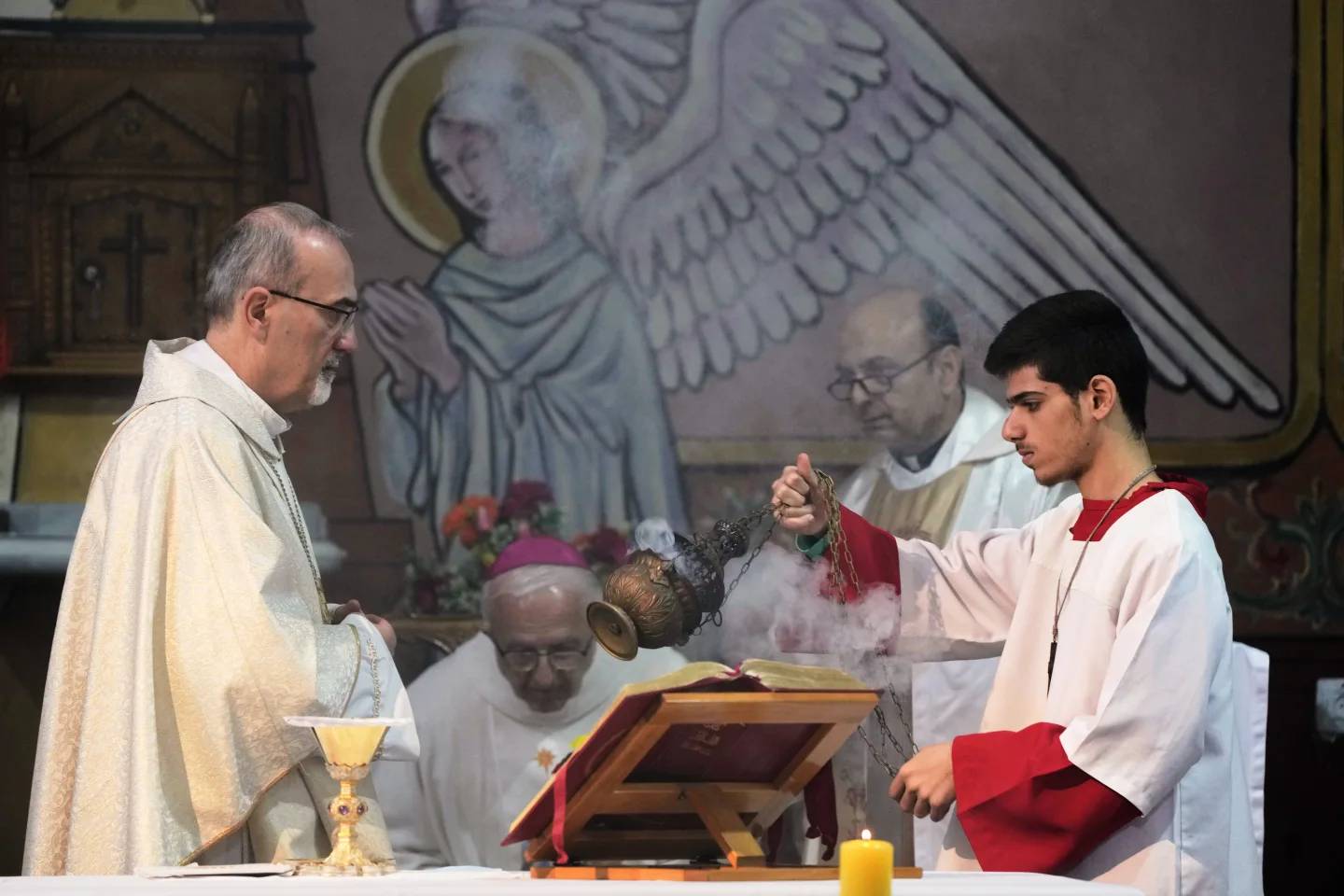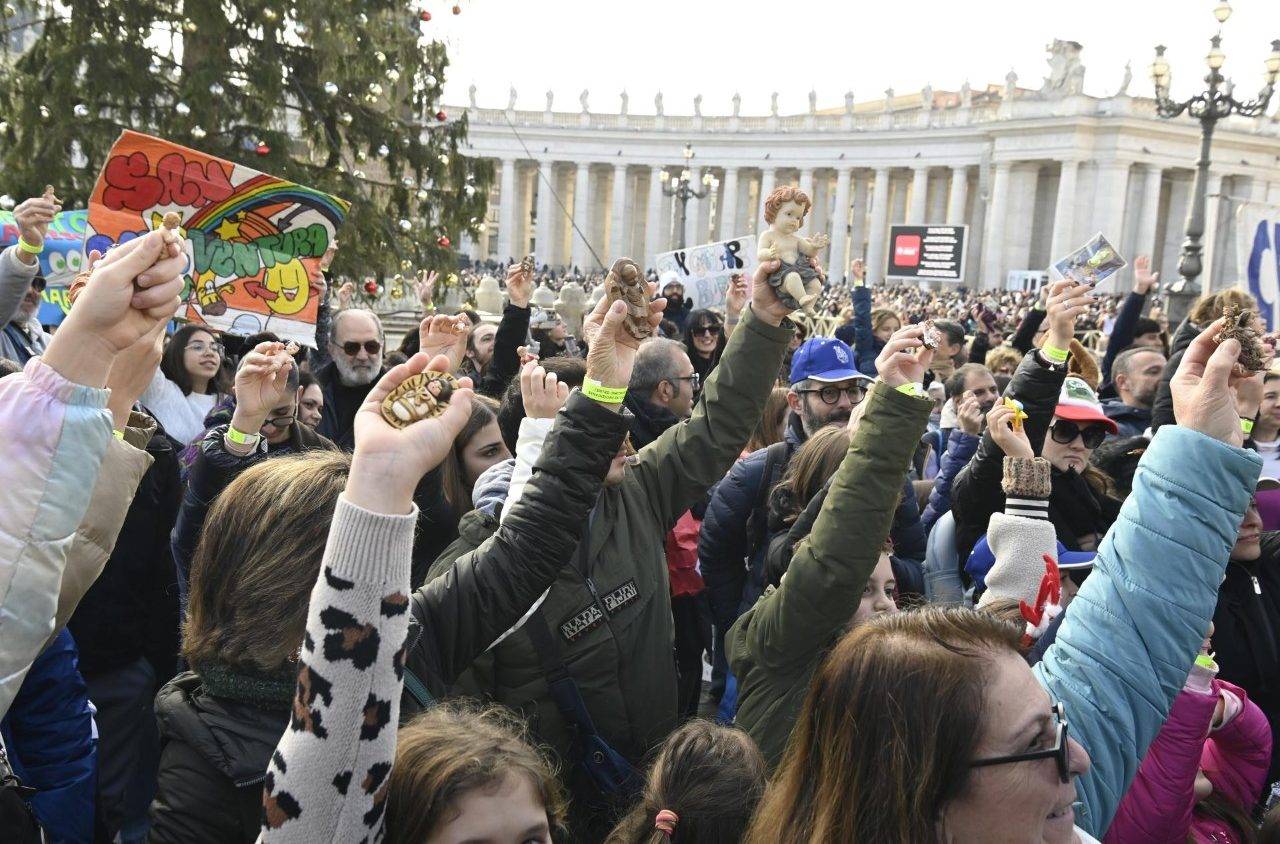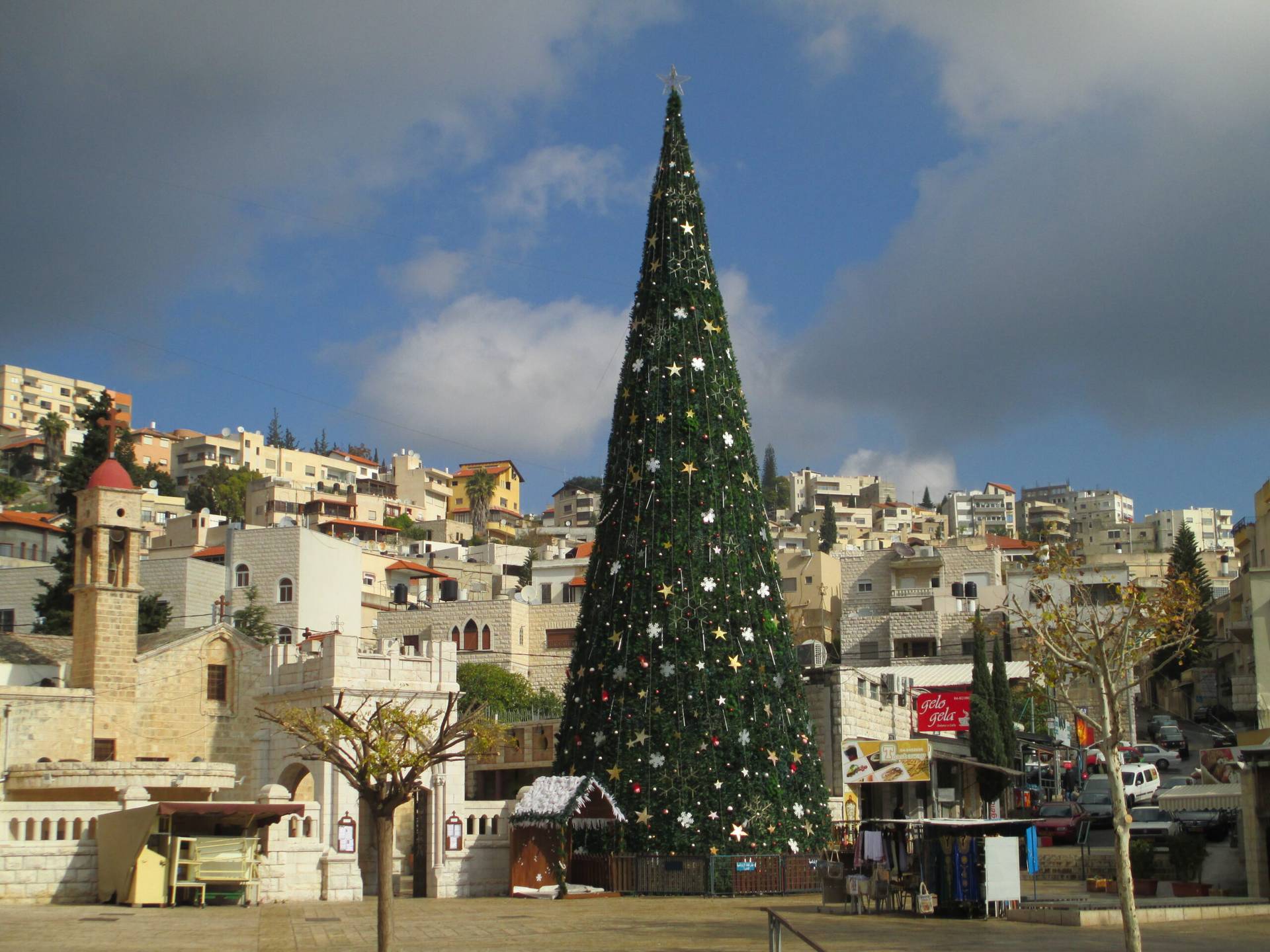ROME – Victory, it’s been said, has a thousand fathers, while defeat is an orphan. Right now, taking up residence at that same orphanage appears to be a bit of fake news from the 2025 conclave, specifically a false report this past Wednesday about the health of front-running papal candidate Cardinal Pietro Parolin.
At the moment, the American Catholic site CatholicVote.org and several Italian news agencies seem to be in a contest to see who can offload responsibility for the rumor on the other.
On Wednesday, a report began to make the rounds that Parolin, 70, had fainted during that day’s General Congregation meeting of cardinals due to a spike in his blood pressure, and that he required medical intervention from Vatican healthcare personnel. While most media outlets were cautious, understanding that negative rumors about a candidate’s health are often part of the uglier pre-conclave dynamics, a few went with the story anyway, citing unnamed sources.
The reports were taken up enthusiastically on social media, including among some prominent conservative American Catholic commentators.
After Vatican spokesman Matteo Bruni issued a flat denial during a press briefing on Friday, however, the hunt seemed to be on to identify who was responsible for a report now seen as a fairly naked attempt to sabotage Parolin’s chances. (It was also a not-so-subtle reminder that Parolin has had relatively minor health challenges in the past, including a 2020 operation for a non-cancerous enlargement of the prostrate.)
A report Saturday morning in Corriere della Sera, Italy’s newspaper of record, left little doubt whom they are blaming: “In this case, the broadside came from the American front,” the newspaper asserted.
“To prove it, supporters of the cardinal emphasize that the first rumors about the episode that supposedly struck him on Wednesday came from the conservative American site CatholicVote.org (with echoes on many social media accounts),” the Corriere story said.
According to Corriere, many American conservatives find Parolin too open to the progressive Catholic agenda, even if some convinced supporters of Francis also see the longtime Secretary of State as overly cautious and institutional.
Yet by the time the Corriere piece ran, CatholicVote.org had already carried its own piece attempting to disown the fake news, insisting that it had been following the lead of the Italian media. Specifically, it cited pieces in Virgilio Notizie, Il Giornale, and AGI News, providing links to the original articles in each case.
Amusingly, all three of the links provided had already been updated to cite American sources as the origin of the Parolin rumor, and two of the three specifically attributed it to CatholicVote.org.
No matter how one peels back the onion, two points about the Parolin rumor seem clear: First, that it was false, and second, that some American conservatives and Italian media alike seized upon it uncritically, presumably reflecting hostility to Parolin’s candidacy in certain quarters.
In fairness, it should be noted that Corriere did allow for a different possibility: That the rumor about Parolin originated with supporters of the disgraced Italian Cardinal Angelo Becciu, whose grudging withdrawal from the conclave came after Parolin produced letters with the late pope’s initial indicating it was his will that Becciu not participate.
One final irony about the apparent “Wag the Dog” operation vis-à-vis Parolin is that the founder and president of CatholicVote.org is Brian Burch, President Donald Trump’s choice to become the new U.S. Ambassador to the Holy See. Burch’s nomination was approved on Thursday by the Foreign Relations Committee and now awaits a vote by the full Senate.
Should Parolin be elected, and should Burch approved as ambassador, one imagines there might be some awkward moments when the new envoy formally presents his credentials to the new pope – who might still harbor just a tiny bit of resentment over CatholicVote’s coverage of the health rumor, whomever he may privately blame for getting it started.
